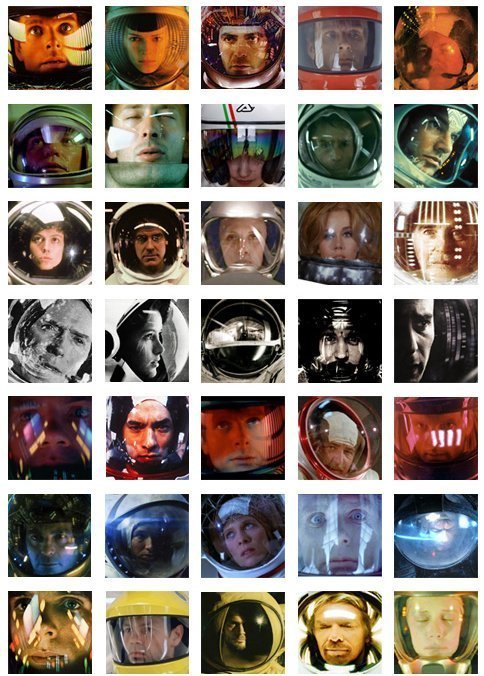Last week, it was my unfortunate duty to announce the demise of Mixel for iPad. To recap: we’ve pulled the app from the App Store, and while current users can continue to use it if they have it installed, we’ll be shutting down the network within a few weeks. Find out more here.
Many people offered their condolences; I received tons of heartfelt, thoughtful emails as soon as we sent out the announcement. More than one person said something to the effect of, “That must’ve been a really difficult email to write and send.”
Yes and no. The decision to end-of-life Mixel for iPad was really hard, and it played out over many months. When it came time to sit down and write that email, I had already processed it in many ways. But it’s never easy to admit failure, which is what the whole process amounted to.
Even in the context of technology startups, where failure is ostensibly praised, that kind of admission is painful. You’ll find no shortage of platitudes about the nobility of failure as a prerequisite to success; blog posts and tweets about this subject tend to be very popular. Entrepreneurs and would-be entrepreneurs are attracted to stories of failure as palliatives to their own struggles or insecurities; these stories serve as mining grounds for clues to what works and what doesn’t in the uphill battle of building a successful product and business. I know this was true of me.
When you start on the path of trying to build a company, you try to go in with your eyes and ears as open as they can be. For my part, I read as many of stories of failure as I could find, and they were invaluable to me in trying to understand what the journey ahead would be like. (There is a trove of them in this book, and this essay is a must-read, too.) But, at the outset, when you’re necessarily fueled by optimism and will power, it’s very hard to appreciate these kinds of tales on anything but an intellectual level. At the outset, failure is a concept, not an experience.
That experience of failure is something else entirely. It can be debilitating, frightening, depressing and just plain awful. The cliché is that you lie awake at night worrying about the business, but your days become a different experience, too. It’s still your job to project confidence and positivity, and even to offer an empirical argument for your continued optimism, all the while the metrics of your business might hardly constitute a wind at your back. You tread a very thin and sometimes imperceptible line between being desperate and being confident, between honesty and self-delusion.
At the heart of all of this, at least for me, was a core of shame. I left a great job, had big ambitions, spent over a year building something I truly believed in, launched it, and realized that it was falling short of expectations. I had a crisis of confidence; for weeks and weeks I beat myself up with a prolonged self-inquiry into my own fitness to do anything entrepreneurial, social, mobile, even anything digital. I felt an acute case of “impostor syndrome,” that feeling that I was just barely fooling the people around me of my competency, if in fact I was fooling anyone at all.
Overcoming those kinds of feelings was one of the hardest things I’ve gone through in years. Even writing about it right now, it’s difficult to express not only what it felt like, but how I emerged from it and got to the other side of the despair. Maybe the best summation I could offer was that there was no other way to get through it than to just get through it, but that’s glib. More thoughtfully, I would say that at some point I decided to accept whatever was happening to me as inevitable, as part of my journey, so to speak. I guess I look at it as a part of an entrepreneurial education that, no matter how special I thought I was, I could not be excused from.
Unpacking these personal thoughts hardly amounts to a unique contribution to the world, I know. In many ways, this is another validation of the idea of failure, to be added to the many similar or more instructive anecdotes to be find out on the net. But to me, it was an important part of getting better at my job, and even becoming a better person. The single biggest lesson I took away, I think — and again, this will veer into cliché — is the idea that even failure is temporary, and the most important thing of all is not that I was forced to experience it, but rather that I did something with the experience.
In fact, for me the silver lining of this whole experience is what came after it. In April, the team sat down to figure out what we could do next, and we had endless impassioned, heated and not always productive debates over whether to fix what we’d already built, or scrap it and build something new. It wasn’t easy, but I take a good deal of pride in the fact that as a group we never succumbed to despair. We managed to come up with something that we all felt just as passionately about, something informed by our experiences with Mixel for iPad, and yet better in the ways that we thought were important for the business. It was tremendous fun actually, which, in retrospect, was one of the best antidotes to what came before: if your first try fails, then build something new that you believe in.
+






